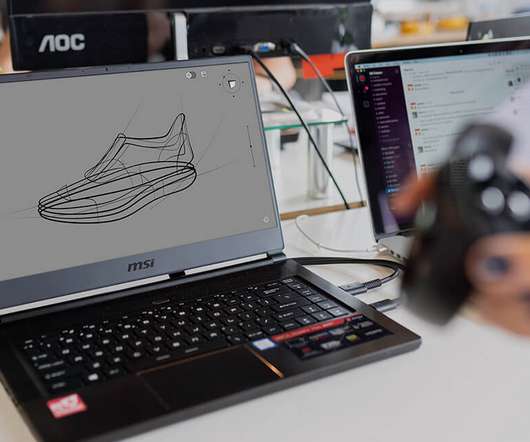Enabling privacy and choice for customers in data system design
Lacework
NOVEMBER 1, 2023
This is particularly relevant when the data potentially includes user information, and the architecture must ensure hosting of the data complies with customer preferences or regulatory requirements regarding where the data is hosted. What regional data requirements or preferences should be considered?















Let's personalize your content